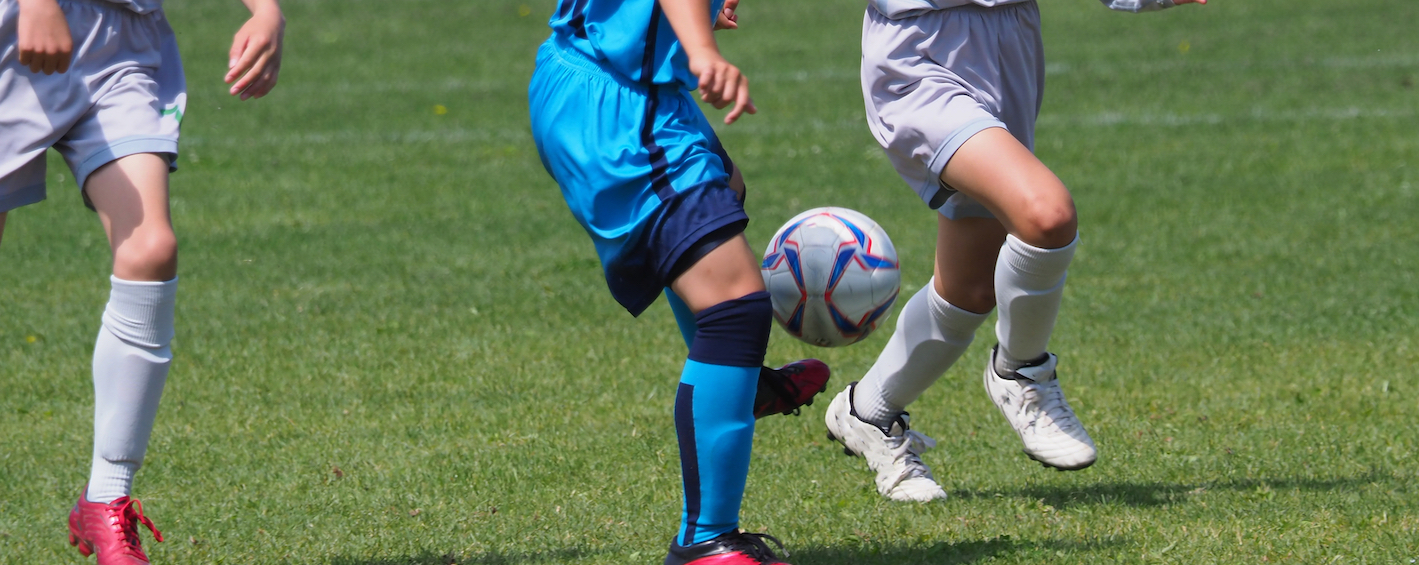Share it
In a defending coaching session for youth players, the key takeaways should revolve around fundamental principles and techniques that will help them become effective defenders.

Coaching players in defending should be a positive and developmental experience. Keep in mind that repetition, encouragement, and constructive feedback are essential for their growth as defenders. Moreover, creating realistic game scenarios in training sessions allows players to apply these key takeaways in a match context.
Here are some essential takeaways for youth soccer players in a defending coaching session:
Proper Defensive Stance:
Teach players to maintain a balanced and athletic defensive stance, with knees slightly bent and weight on the balls of their feet.
Emphasize the importance of staying low and ready to react quickly to changes in the game.
Ball Awareness:
Encourage players to keep their eyes on the ball, focusing on the movement of the ball to anticipate passes, crosses, or shots.
Develop their ability to judge the speed and trajectory of the ball.
Positioning:
Stress the significance of maintaining a position that limits the opponent's time and space.
Teach players to stay between the ball and the goal, adjusting their positioning according to the ball and the opponent's movements.
Marking:
Teach man-to-man marking principles, emphasizing the importance of marking opponents closely without fouling.
Show players how to use their bodies to shield the ball and disrupt the opponent's play.
Tackling Techniques:
Introduce various tackling techniques, including the block tackle, slide tackle, and standing tackle.
Emphasize proper timing and execution to win the ball cleanly and safely.
Jockeying:
Teach players how to "jockey" or shadow an opponent while staying on their feet.
Help them understand the importance of guiding the opponent away from dangerous areas and towards less threatening zones.
Interceptions:
Develop players' ability to anticipate passes and intercept the ball.
Teach them to read the game, cut off passing lanes, and make well-timed interceptions.
Cover and Support:
Emphasize the importance of cover and support within the defensive unit.
Teach players to provide cover for their teammates and be ready to step in when a teammate is beaten.
Communication:
Stress the value of clear and constant communication among defenders.
Encourage players to use verbal and non-verbal cues to coordinate marking assignments and maintain the defensive shape.
Recovery Runs:
Teach players to make recovery runs to get back into position when the opponent is on the counterattack.
Develop their ability to quickly track back and regain defensive shape.
Patience and Discipline:
Emphasize the importance of patience in defending and avoiding rash challenges or overcommitting.
Promote discipline and maintaining the team's defensive structure.
Winning Aerial Duels:
Teach players how to defend effectively in the air, including winning headers and positioning to challenge aerial balls.
Improve timing and jumping ability in aerial duels.
Psychological Resilience:
Encourage players to stay focused and maintain confidence, even in challenging defensive situations.
Help them develop mental toughness to recover from mistakes and stay composed.
Game Understanding:
Teach players to understand the broader tactical aspects of the game, such as when to press, when to drop deep, and how to adapt to different game situations.
Foster situational awareness and adaptability on the field.
Fun and Enjoyment:
Ensure that defending sessions are enjoyable and engaging to keep young players motivated to learn and improve.
Sportsmanship:
Promote fair play, respect for opponents, and good sportsmanship in defending and throughout the game.